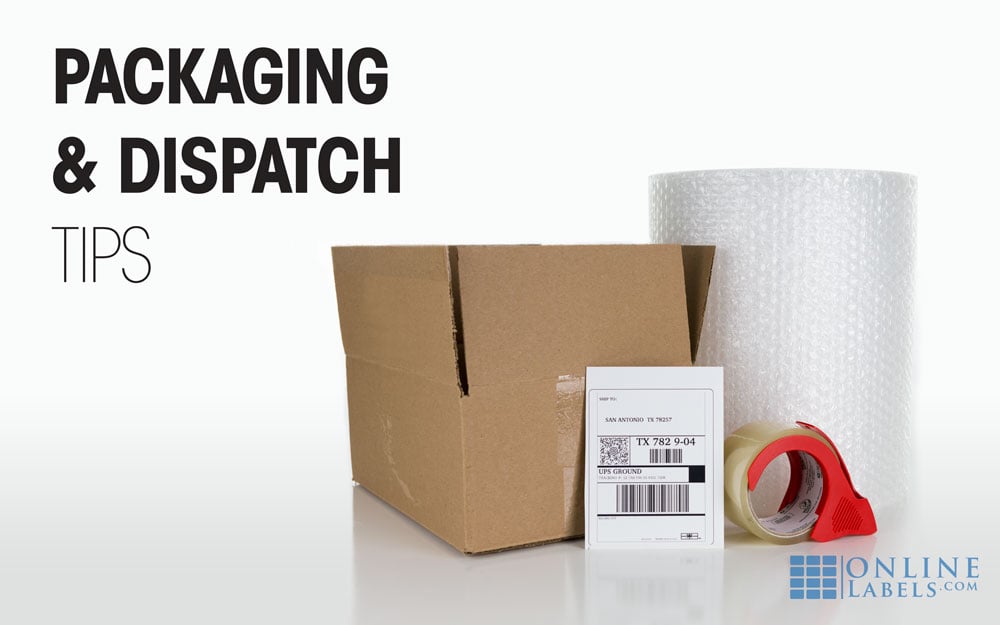Ways Your Dispatch & Packaging Can Leave a Lasting Impression

While businesses aren't fully responsible for dents, dings, or damages acquired during delivery, the customer is likely to associate the poor condition with your business. Show your customers that you put as much thought into getting your product to their door safely and professionally as you did into the product itself. Here are some quick tips that may help improve the condition of your product (and your business' reputation) upon arrival.
1. Choose your box wisely.
You need a box that's strong enough to protect what's inside. In addition to looking unprofessional, boxes in poor condition are more likely to accidentally break or open during the delivery process. This can result in lost, damaged, or delayed items and unhappy customers. For those reasons, new boxes made of heavy corrugated cardboard are suggested.
You should also consider purchasing a box large enough for a little added cushioning. You don't want to go too big in order to keep costs down, but you want your items to be protected. There's a lot of hands on your product between your door and the customers', it's best to make sure a few bumps and prods don't ruin the end result. Be sure not to go too snug, though too.
2. Protect your parcel.
You can never have too much cushioning. Pick from bubble wrap, packing peanuts, corrugated wrap, and even old newspaper to secure your product in the box for delivery. After you've added your materials, make sure to gently shake your box to see if the parcel is secured. If nothing moves, you're ready to seal it.
3. Secure the delivery with strong tape.
To avoid minor delivery mishaps, we suggest using a tape durable enough to secure your packages and withstand any contact with water and moisture. Some popular tapes include clear carton sealing tape, gummed kraft tape, and duct tape. Don't be afraid to use up your materials – the rule of thumb for packaging tape is to use at least three strips and cover all the seams. Just be sure you don't tape over your barcode, that can make your package unscannable and delay the process.
4. Select the right label.
Your box size largely determines your dispatch label, but it's also a variable that changes from carrier to carrier. You can do better than cutting dispatch labels to the right size, taping them on, or trying to shrink the information on a label too small. Click on the following categories to find the most popular label sizes for your application:
Dispatch Labels | Envelope Labels | Postage Labels
Don't forget to put the same consideration into your material choice! Browse our vast material offerings for professional labels that stand out.
General Tips
Here are a few more pieces of advice to help keep spending low and profit margins high:
- Buy packaging material in bulk to save on cost.
- If you choose to reuse an older box, use blockout labels to cover up old delivery information or writing. Having multiple barcodes or labels on your packaging can cause delays or problems.
- Reuse packaging materials such as bubble wrap and packing peanuts as often as possible.
- Always make sure to check your delivery invoices carefully and keep track of all dispatch costs.
The boxes, envelopes, package insulation, and labels you use when packaging and dispatching your products all play a part in the way your customers view your brand and company. Now, find out how to cut shipping expenses!
For more suggestions and help, visit our article centre or contact our customer service team.


